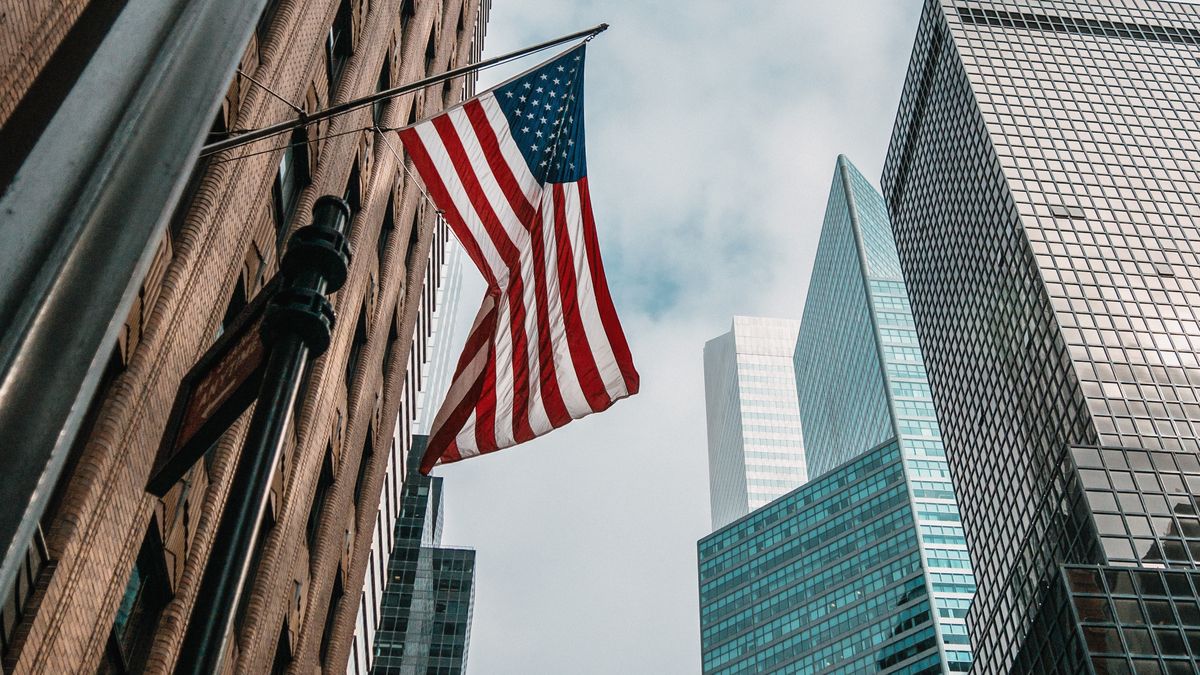Excluding the volatile food and energy components, the PCE price index rose 0.4% last month, after rising a downwardly revised 0.1% in December
ANDl price index of personal consumption expenditures (PCE) decreased in January to 2.4% in an interannual rate. As for core inflation, it has fallen to 2.8%, one tenth below the previous month’s record, as reported this Thursday by the Office of Economic Analysis of the US Department of Commerce. Data for December was revised down to show an increase of 0.1%, instead of the 0.2% previously announced.
The content you want to access is exclusive to subscribers.
In the 12 months to JanuaryPCE inflation increased by 2.4%, the smallest year-on-year increase since February 2021, after the 2.6% increase recorded in December.


Economists consulted by Reuters had predicted that the PCE price index would rise 0.3% in the month and 2.4% year-on-year. The monthly increase reflected increases in consumer and producer prices last month, which most economists attributed to companies raising prices earlier in the year.
Economists have argued that the model used by the Government to eliminate seasonal fluctuations from the data is probably does not fully incorporate the price increases from the beginning of the year. Most do not expect price increases to be repeated in February.
“It will be prudent to hold off on making any firm judgments until February data is released next month, in case January’s acceleration is a one-off that may have been due to seasonal adjustment factors not accounting for the true extent of the rise.” of companies’ prices at the beginning of the year, Or if it is the beginning of something more worrying for the Federal Reserve“said Satyam Panday, chief US economist at S&P Global Ratings.
Inflation: the market reaction
On Wednesday, government data showed slight upward revisions in inflation in the fourth quarter. Financial markets have delayed expectations of a drop in interest rates from May to June.
Fed officials have indicated they are in no rush to start lowering borrowing costs. Since March 2022, the US central bank has raised its official interest rate by 525 basis pointsuntil placing it in the current range of 5.25%-5.50%.
The rise in inflation last month It came despite a slowdown in consumer spending. Consumer spending, which accounts for more than two-thirds of U.S. economic activity, rose 0.2% after rising 0.7% in December. Spending remains supported by a still tense labor market, which keeps wage increases high.
A separate report from the Labor Department showed on Thursday that initial claims for state unemployment benefits rose by 13,000 to a seasonally adjusted 215,000 in the week ended Feb. 24. Economists had forecast 210,000 claims for the final week. Applications remain at historically low levels, despite mass layoffs at the beginning of the year.
Source: Ambito
I am a 24-year-old writer and journalist who has been working in the news industry for the past two years. I write primarily about market news, so if you’re looking for insights into what’s going on in the stock market or economic indicators, you’ve come to the right place. I also dabble in writing articles on lifestyle trends and pop culture news.




